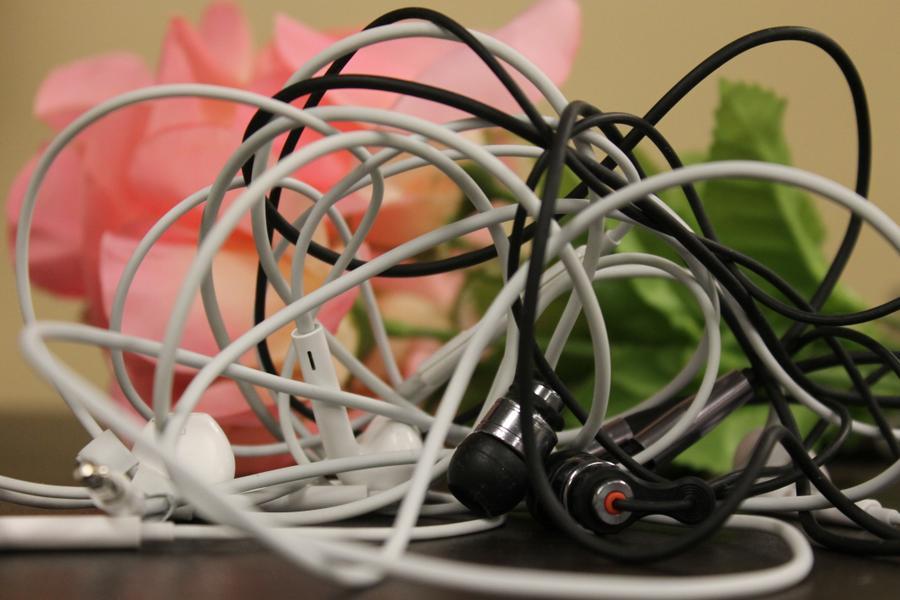
_Solomon Davis is a sophomore journalism major at MU. He is an opinions columnist who writes about technology for The Maneater._
In 2016, Apple helped jump-start a trend in mobile electronics: removing the headphone jack from devices.
What we know as the headphone jack originated in the 19th century with its first use by telephone operators working at switchboards, and except for shrinking in size, the jack has remained the same.
Apple has become known as a pioneer in consumer electronics by making bold statements that set the trends for its competitors. It was the first company to stop including a CD drive and an Ethernet port on laptops. For Apple, such moves come down to progress,
“Some people have asked why we would remove the analog headphone jack from the iPhone,” Apple Marketing Chief Phil Schiller said to The Verge. “It really comes down to one word: courage. The courage to move on to do something new that betters all of us.”
In the wake of Apple’s announcement that it was ditching the headphone jack in the iPhone 7, it was no surprise that consumers had some complaints, as the last time the company made a change to their ports left many consumers upset. This time around there was even a petition to get Apple to reconsider killing off the headphone jack.
The company cited sound quality, freeing up device space for waterproofing and battery life, among other things, to justify the most recent change, but consumers clearly get the short end of the stick while Apple continues to increase its profits.
In 2014, just two years before the announcement that the iPhone 7 would not have a headphone jack, Apple acquired Beats Electronics. According to numbers released by market research company The NPD Group, Beats brings in more revenue than its next three competitors and holds a quarter of the Bluetooth headphone market. Even though Bluetooth headphones only accounted for 17 percent of headphone units sold in the U.S. last year, they accounted for 54 percent of dollars spent in the headphone market.
Now that Apple owns a popular Bluetooth headphone manufacturer, it is poised to reap the rewards. The move to eliminate the headphone jack would either steer consumers toward Bluetooth headphones or they would find themselves buying headphones that are lightning port compatible. But, every company that makes a pair of lightning headphones must first be licensed by Apple. There is speculation that Apple charges third-party manufacturers a flat licensing fee, but no data is available due to Apple’s secretive nature.
The only real justification that could come from removing the headphone jack is if the customer benefitted greatly. With the iPhone 7, consumers got waterproofing, but plenty of manufacturers have added waterproofing without the loss of the headphone jack. If a device was to pack in 4K screens and all-day battery life but remove the headphone jack, a lot of consumers would happily oblige. But the move away from “analog” to digital is one that consumers did not ask for and do not reap the benefits of.
Consumers hoping that the upcoming iPhone 8 would bring an end to the ‘dongle’ and a return to a physical headphone jack should stop waiting as that will never happen.
As we approach the newest launch of devices this fall and spring consumers must keep in mind that Apple is not the only manufacturer deciding not to include the headphone jack in their devices, but they serve as an indicator of market trends. And if Apple does it, then others are sure to follow.
The only hope lays in the handful of manufacturers like Samsung who are resisting the trend and sticking with the headphone jack like the consumer wants.